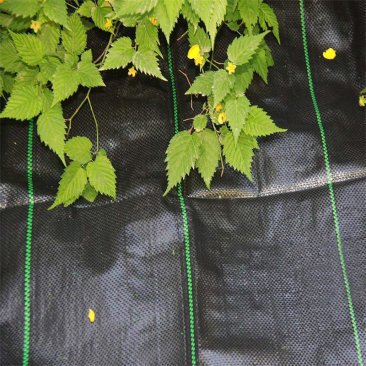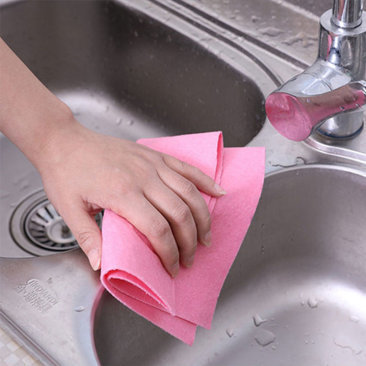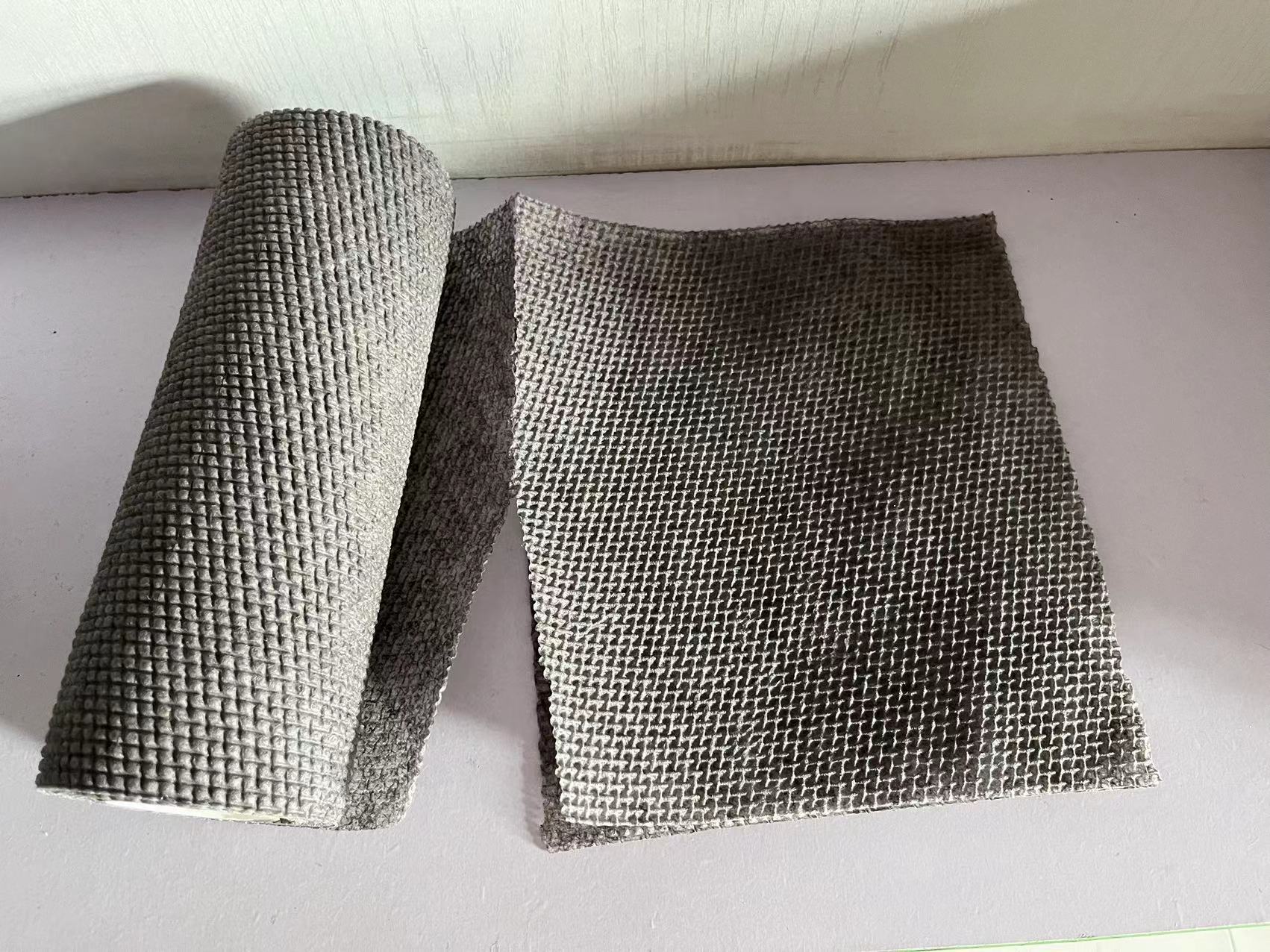27
2023
-
04
Application of non-woven fabrics in vegetable greenhouses
The texture of non-woven fabric is light and thin, making it easy to use. It not only has great applications in homes and clothing, but also can be used as greenhouse cloth during crop harvesting.
The texture of non-woven fabric is light and thin, making it easy to use. It not only has great applications in homes and clothing, but also can be used as greenhouse cloth during crop harvesting. So, what are the specific applications of non-woven fabrics in vegetable greenhouses? The following is the editor's organization:
1. Insulation. The transmittance of non-woven fabrics to long waves is lower than that of plastic films. Due to the fact that the nighttime radiation area mainly relies on longwave radiation, the coverage and insulation effect are outstanding.
2. Respiratory and humidity control. It is stacked into a network of fine filaments, with high porosity, breathability, water permeability, and automatic humidity regulation functions.
3. Shading and freezing. Covering with colored non-woven fabric has different shading and freezing effects. Black is better than yellow, and yellow is better than blue.
4. Anti aging. Has undergone anti-aging treatment. The thicker the fabric, the lower the rate of strength loss.
The dust-free cloth is made of polyester fiber woven on both sides, with a soft surface that is easy to wipe sensitive surfaces without fiber loss caused by friction. It has good water absorption and cleaning efficiency. The cleaning and packaging of the product are completed in the ultra clean workshop. The optional edge banding of dust-free cloth generally includes: cold cutting, laser edge banding, and acoustic edge banding.
The surface of non-woven fabric is soft and easy to wipe sensitive surfaces. Friction does not remove fibers, and it has a good water absorption and cleaning effect. I hope the above content is helpful to you.












